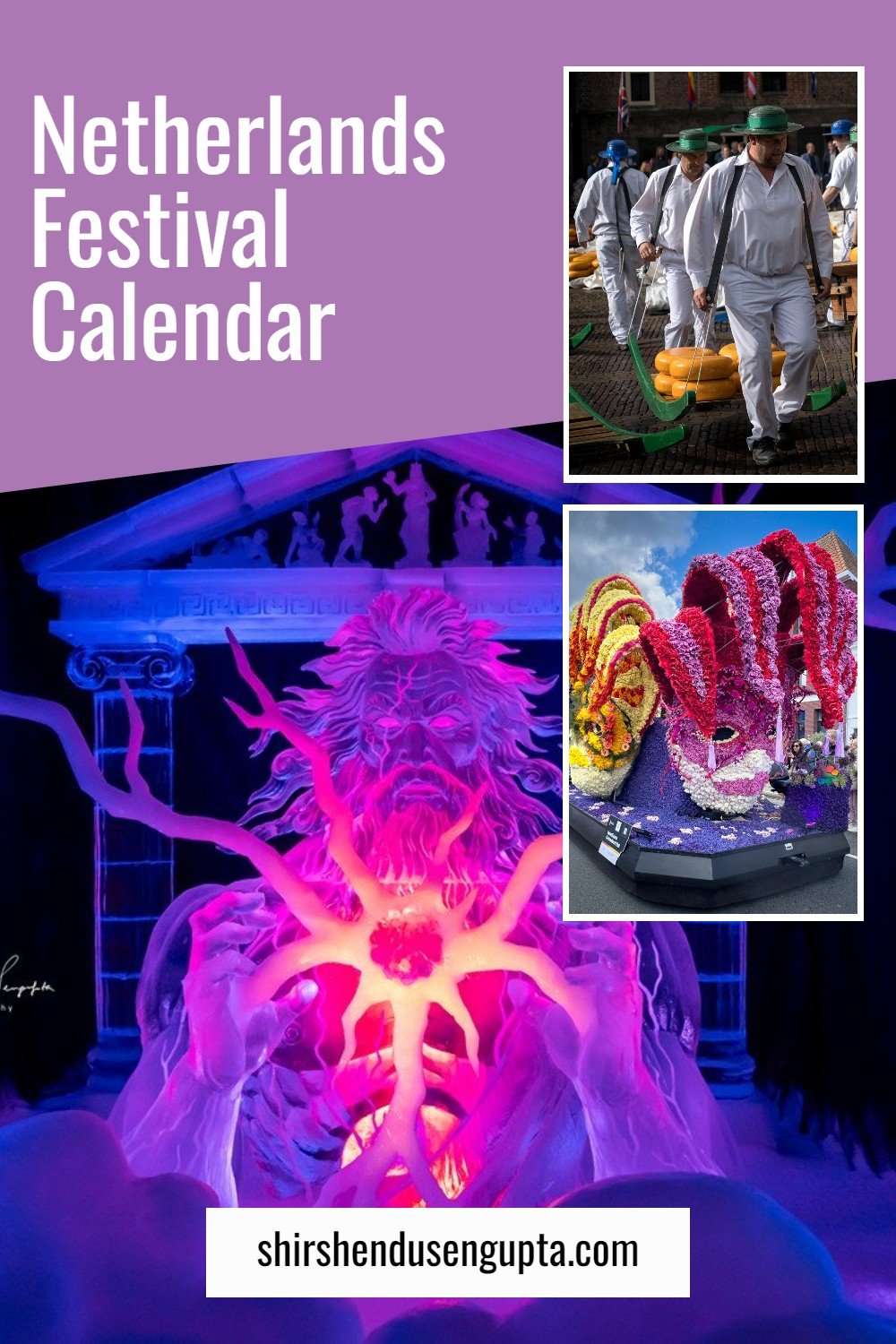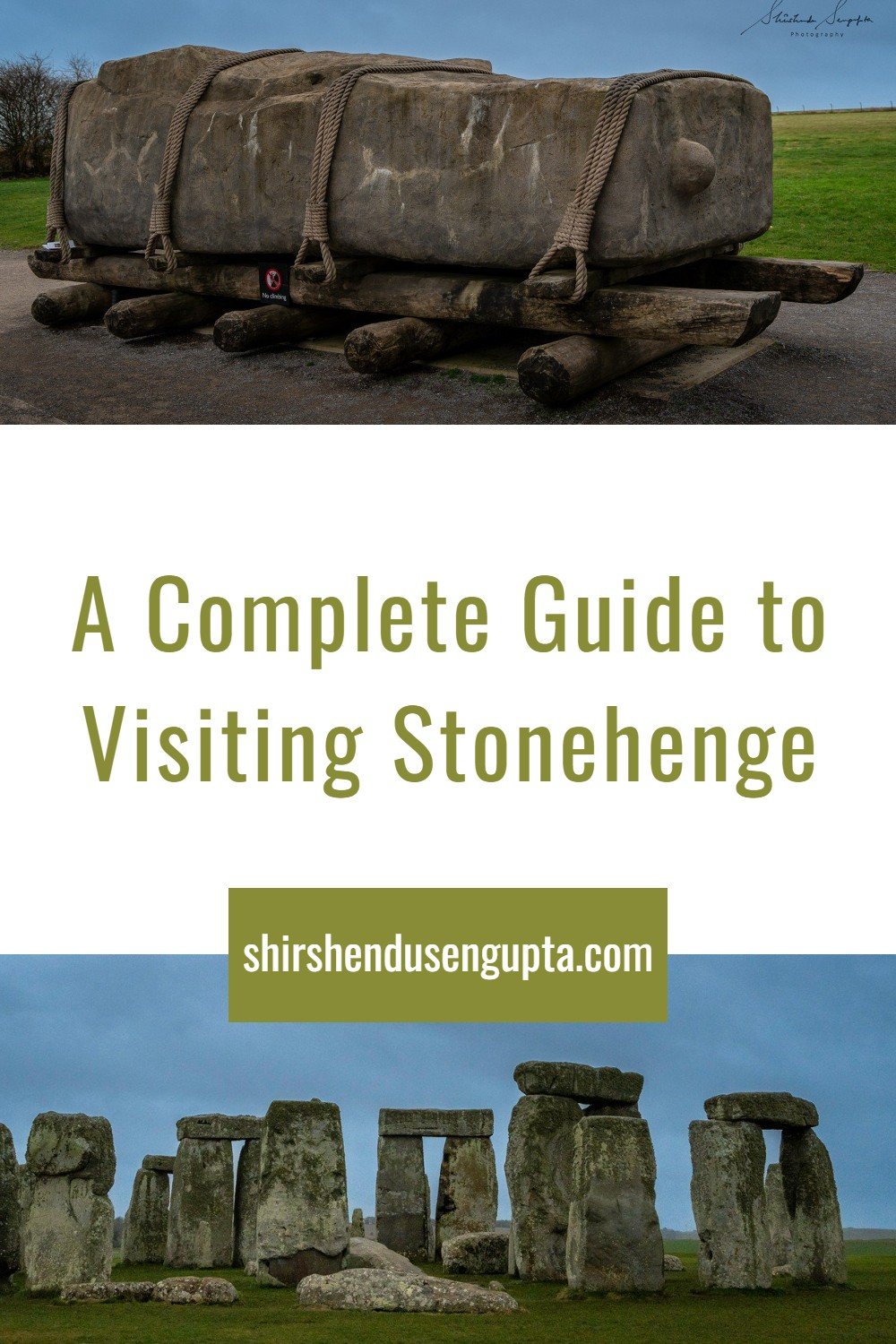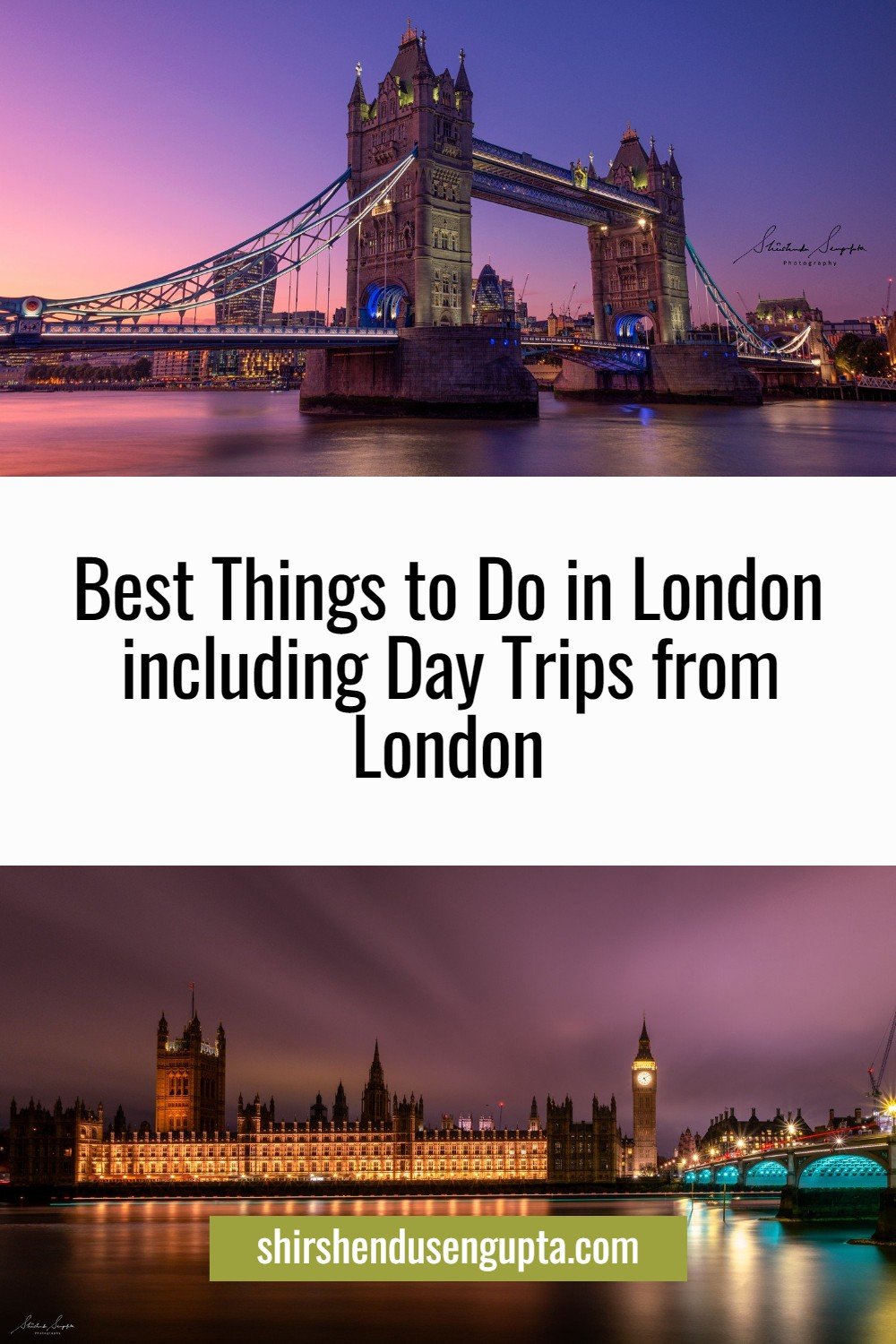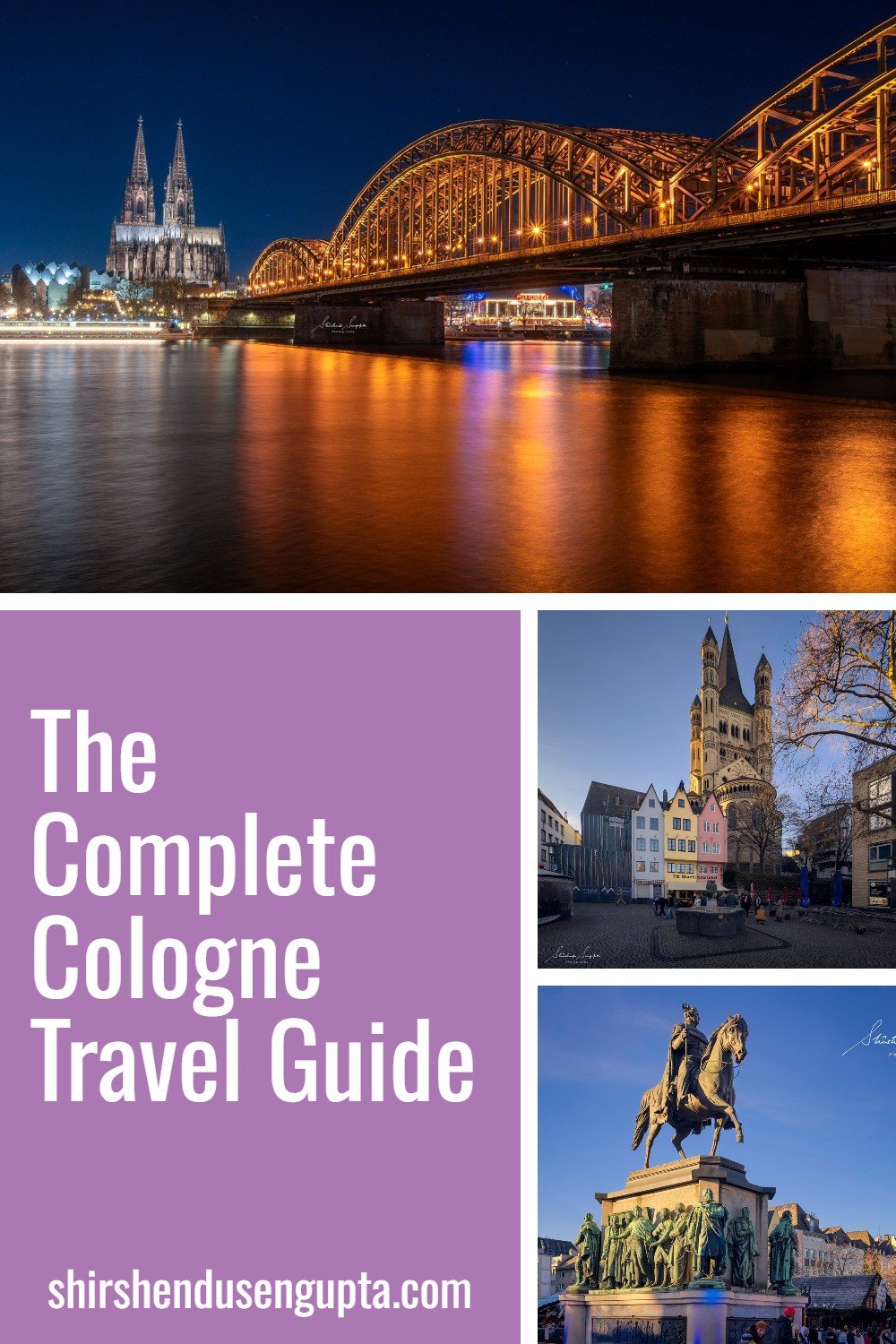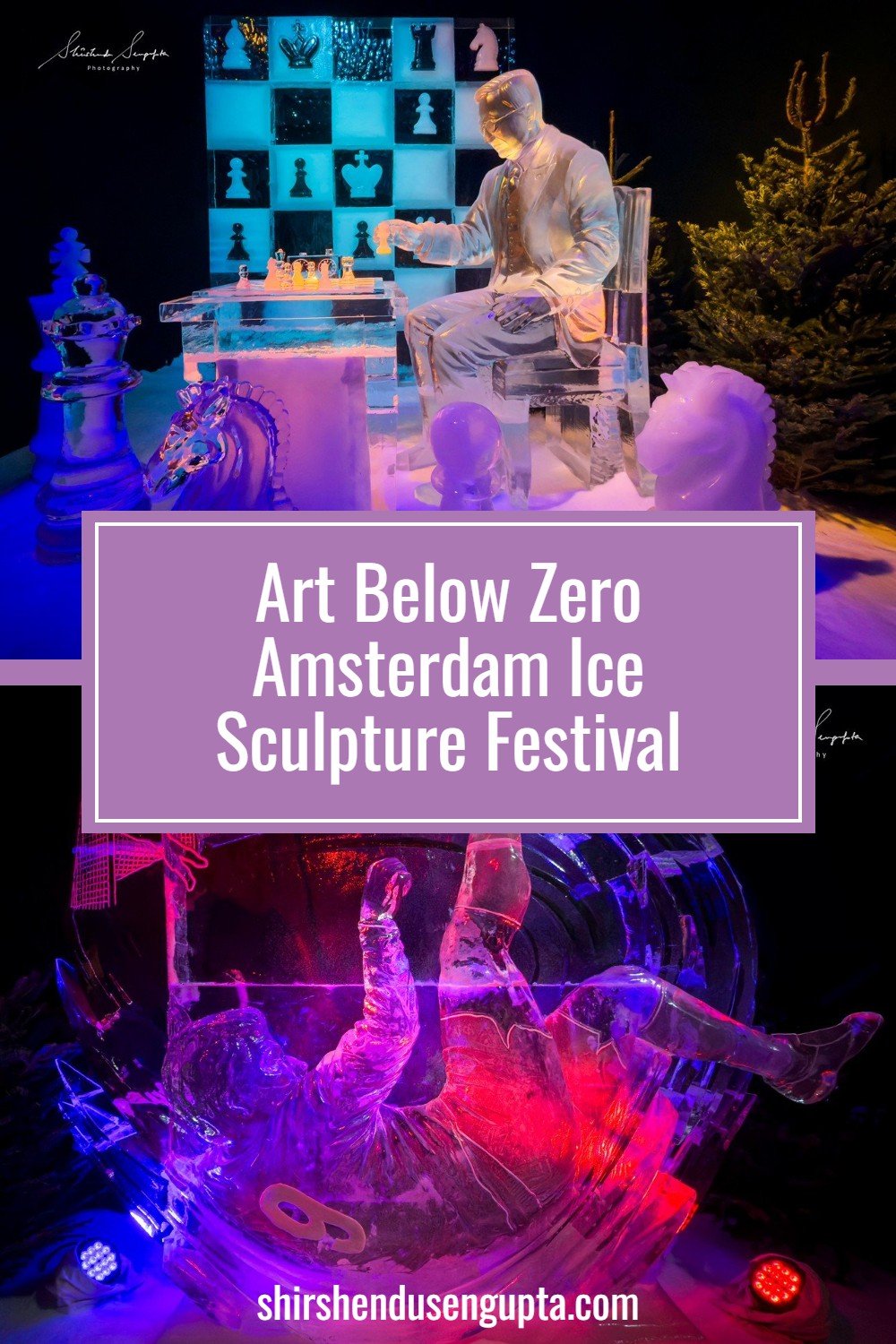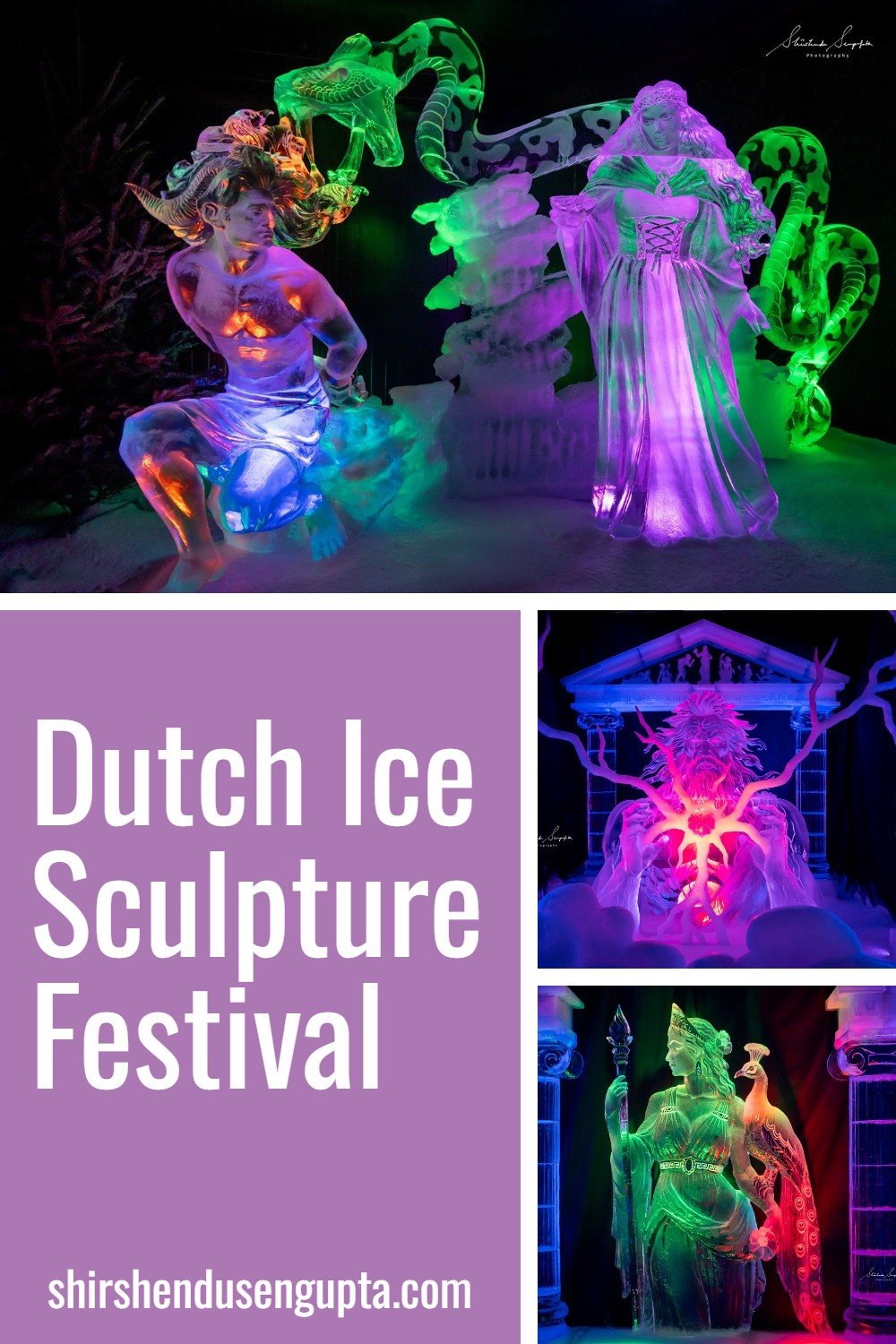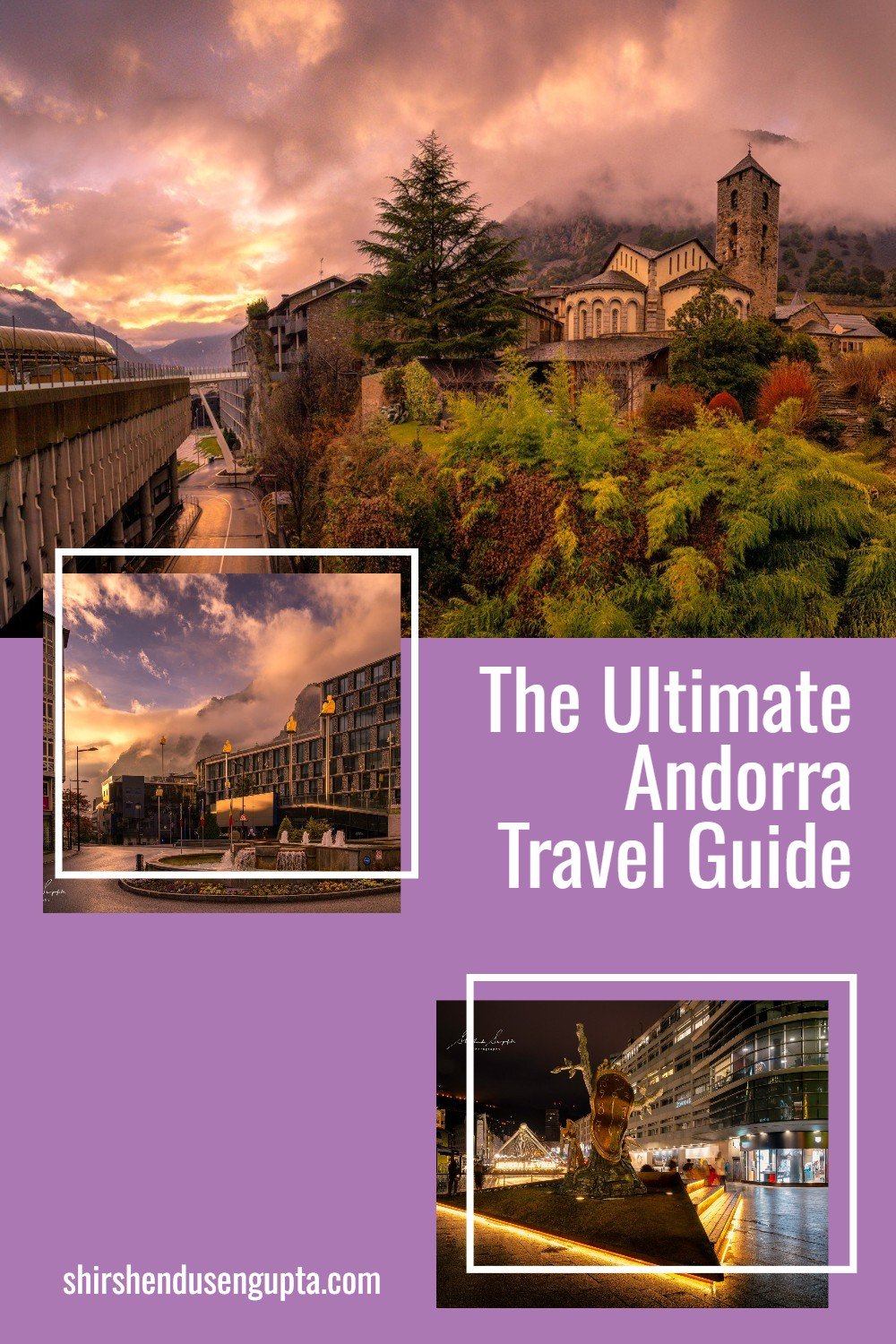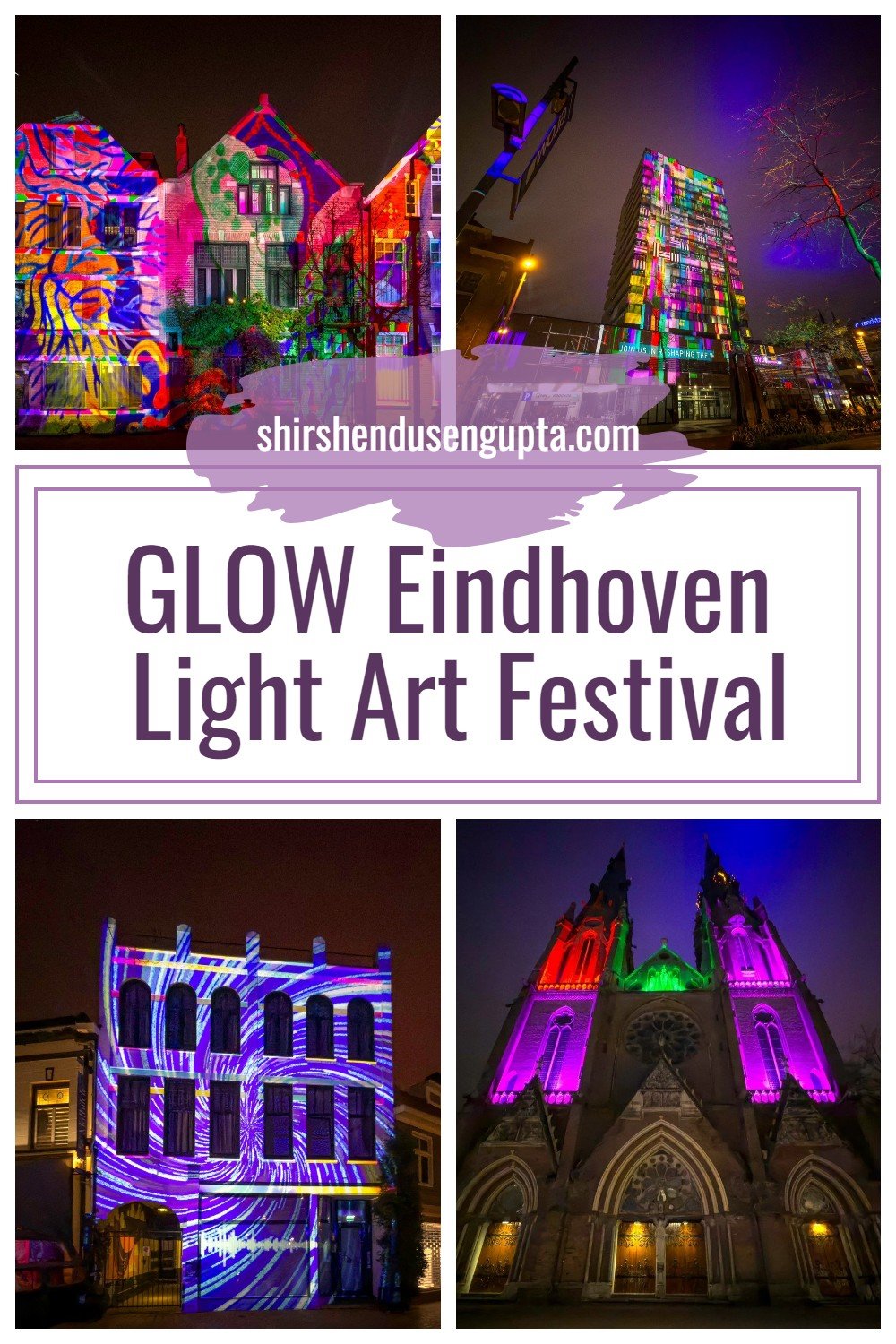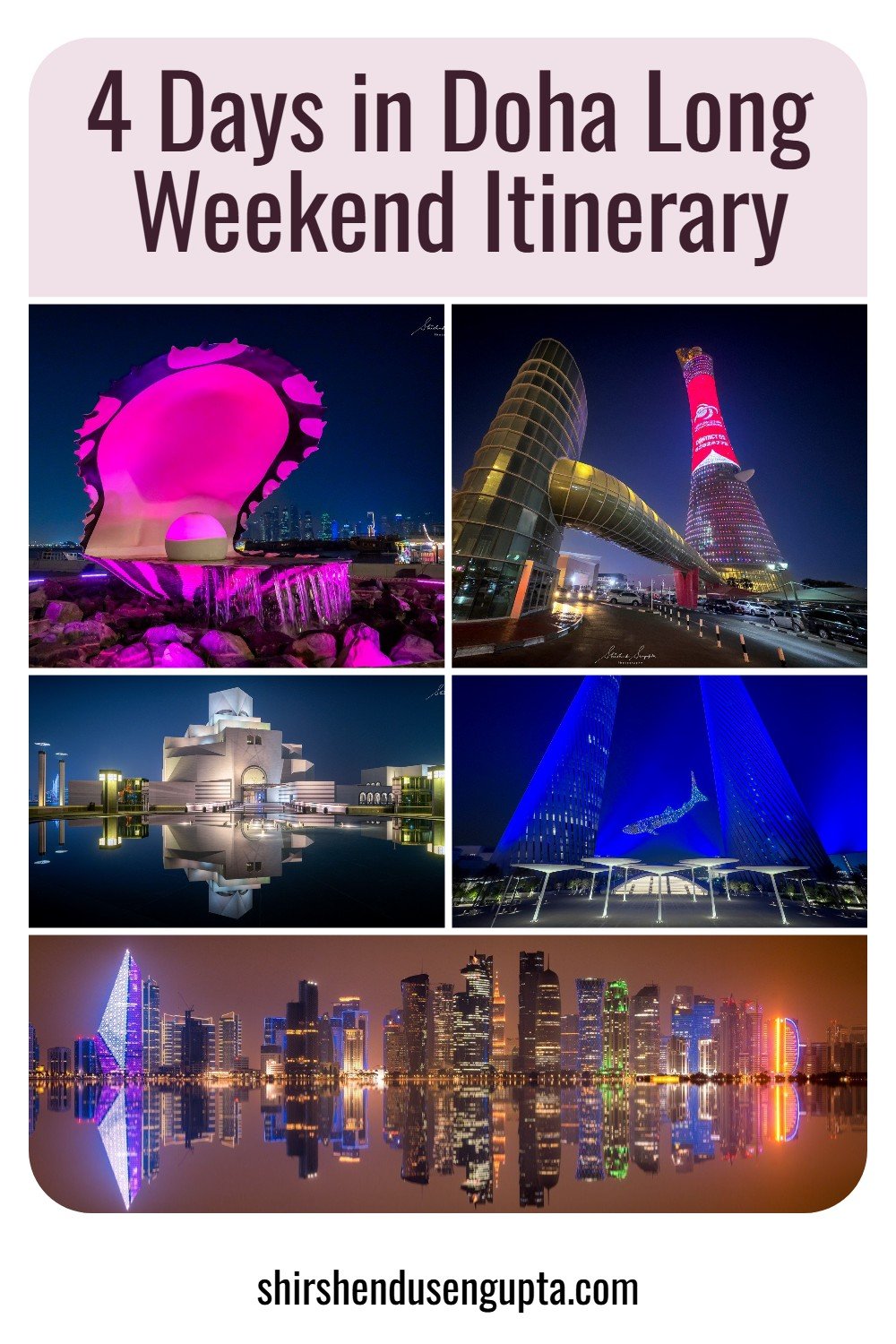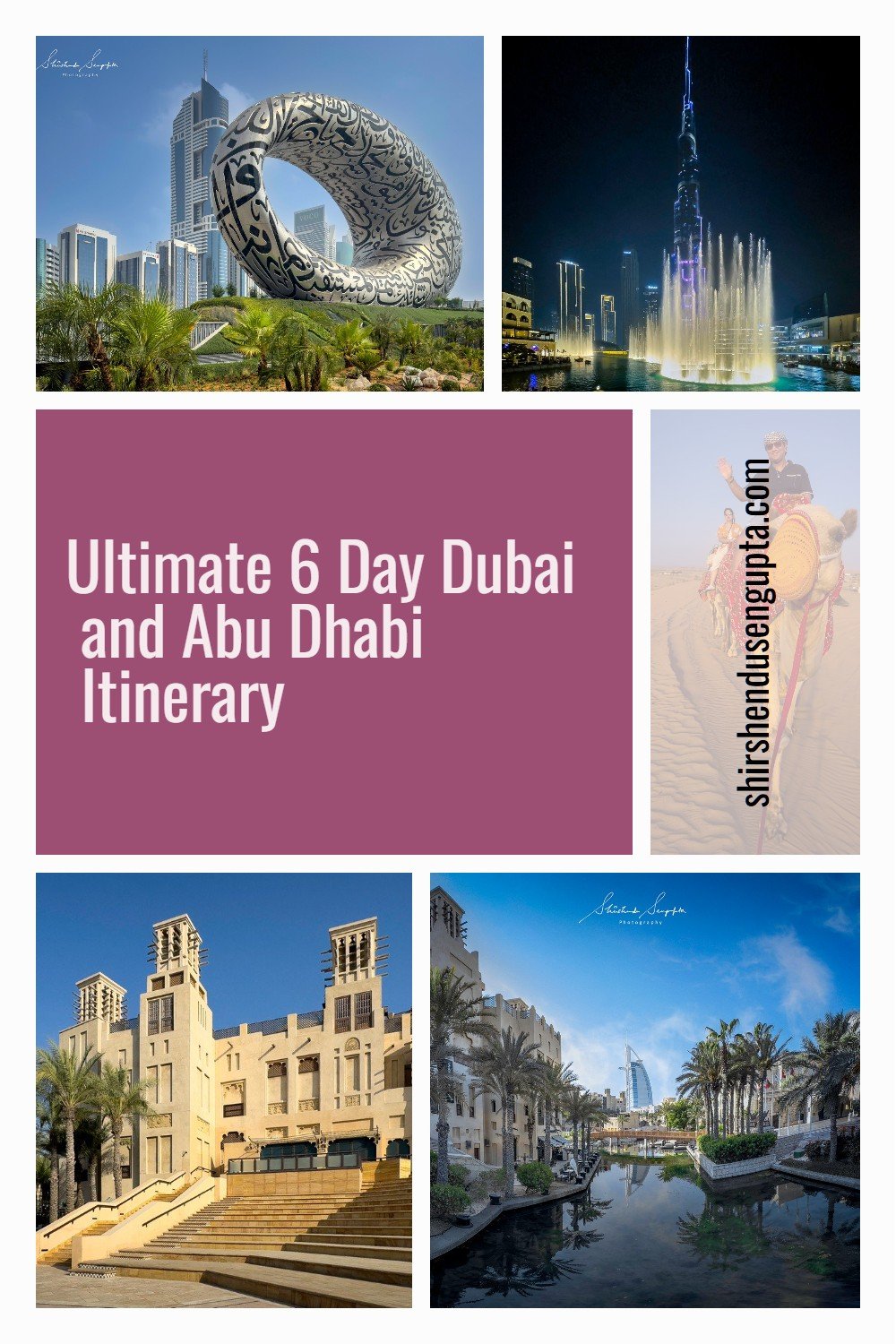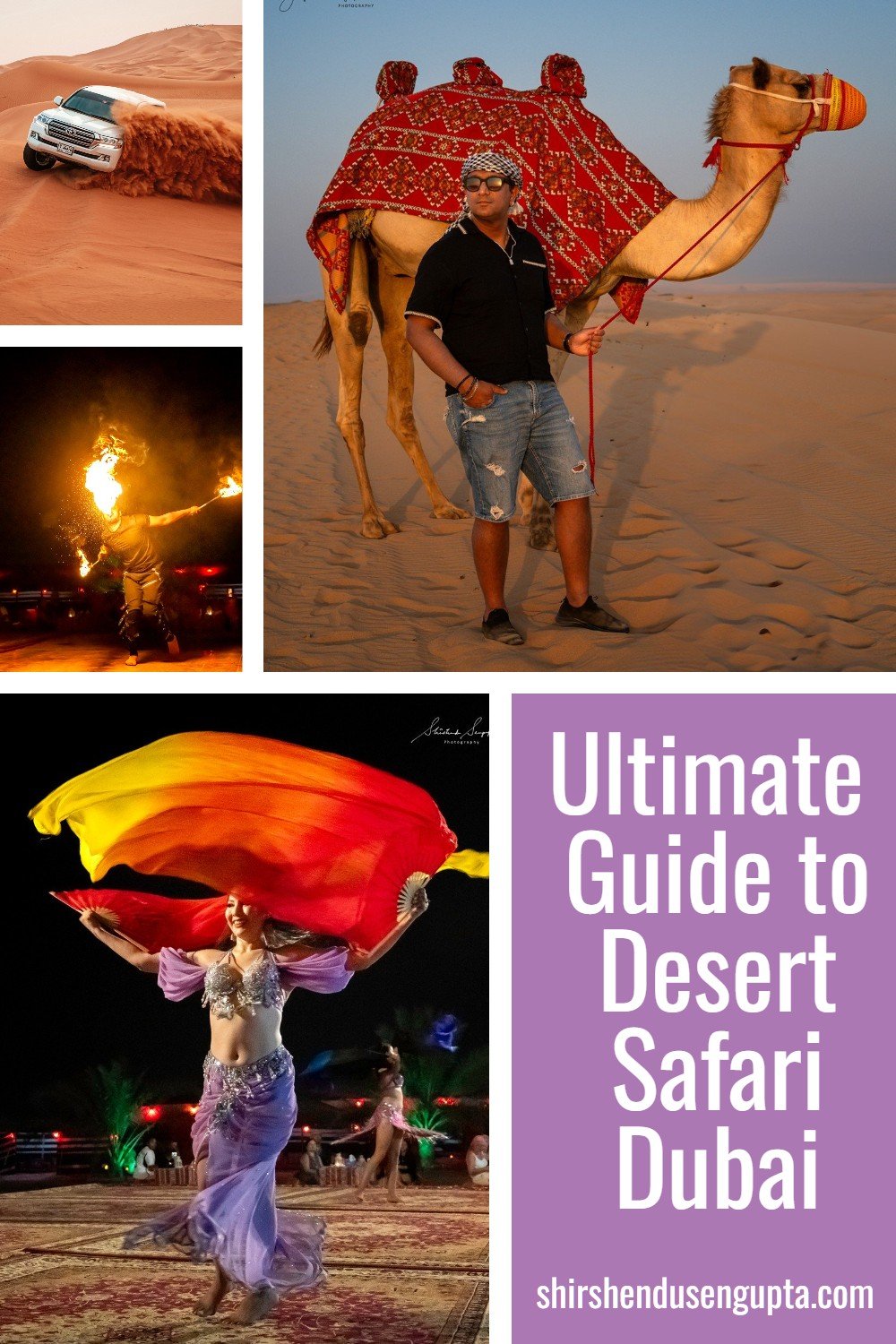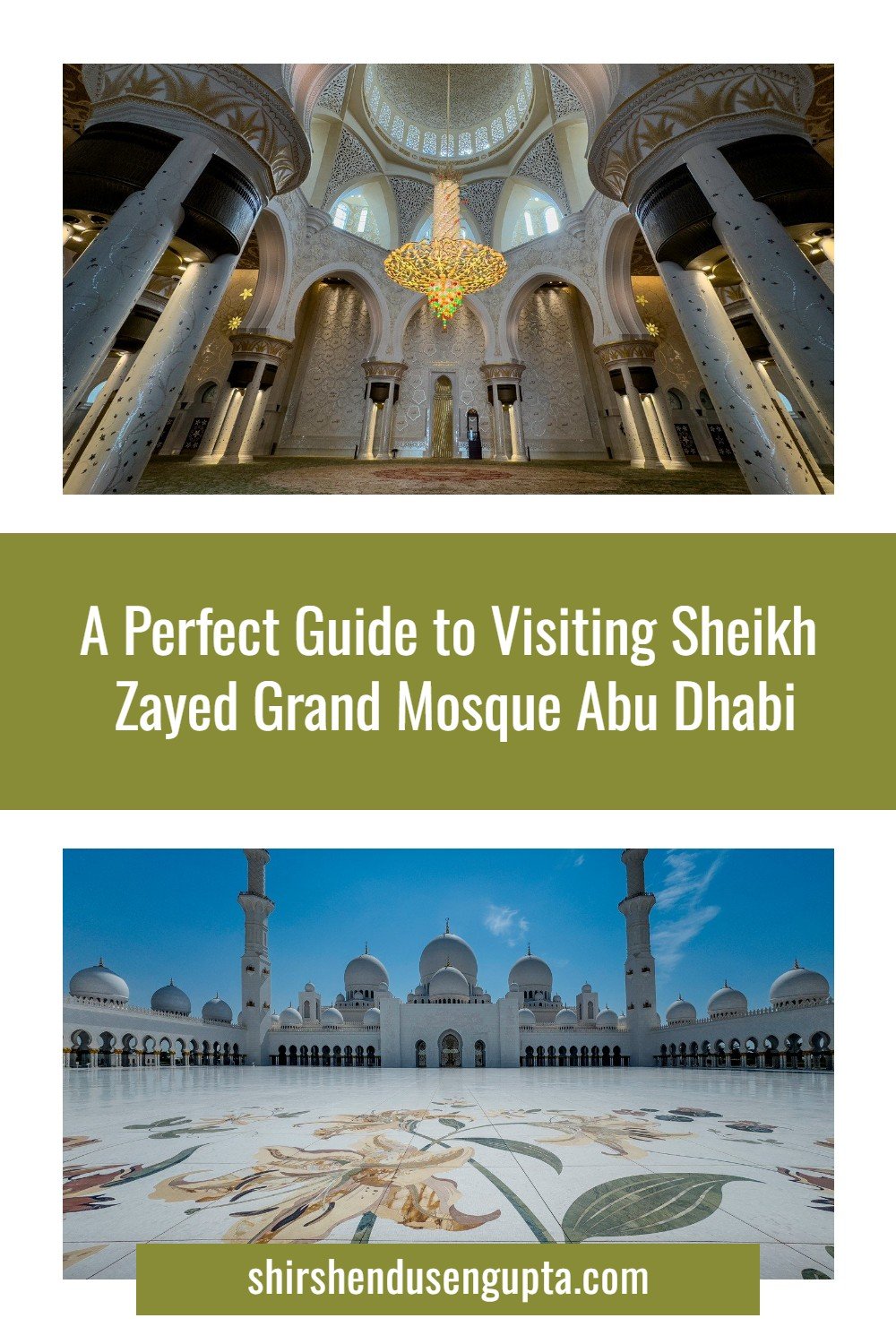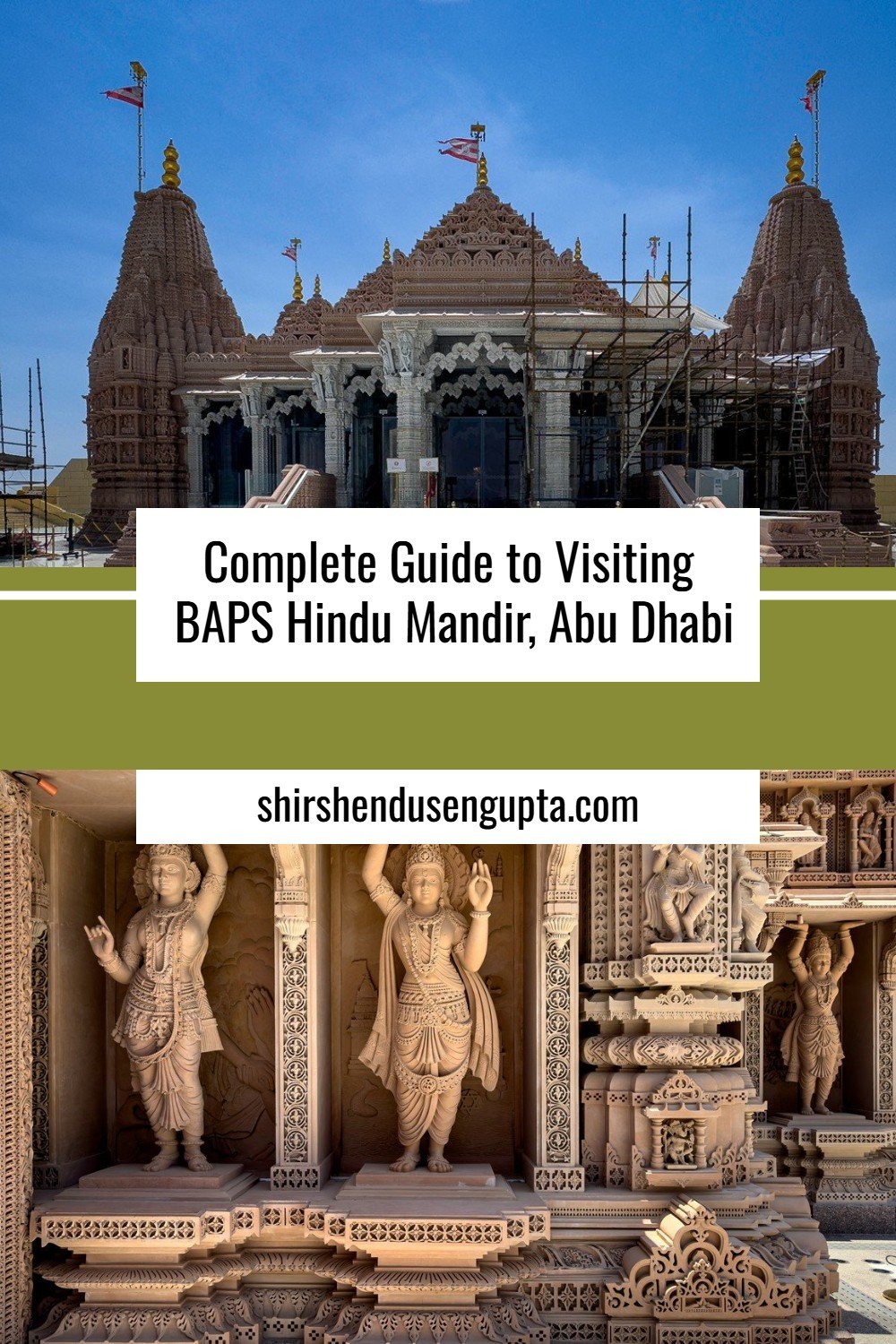The Best Places to Visit in Slovenia | The Most Beautiful Must See Attractions of Slovenia
Prologue
During a magical Christmas, we landed in Slovenia for the first time. The moment we left Ljubljana Airport and took a taxi toward the city, the sight of the majestic Julian Alps rising on the horizon left us in awe. When we arrived at Lake Bled, the serenity of the misty island church at its center stole our hearts, while the intimate and atmospheric Christmas celebrations in Ljubljana created memories we would cherish forever.
Later, we returned to Slovenia to visit the Predjama Cave Castle and the Postojna Caves (which were closed during our Chirstmas visit) during our grand adventure, A Summer in Eastern Europe | An 8000 km Road Trip across Slovenia, Albania, North Macedonia, Kosovo, Bulgaria, Romania, and Slovakia from the Netherlands | Travel Itinerary, Tips, and Tricks - a journey filled with scenic landscapes, vibrant cultures, and countless unforgettable experiences. So, based on our experiences, today I’m going to take you along with me on a ride across the best places to visit in Slovenia. Let the journey begin!
Welcome to Slovenia
With snow-capped peaks of the Julian Alps, gleaming emerald-green lakes, turquoise rivers, Venetian shoreline along the Adriatic Sea, and the underground magical world of Postojna and Škocjan caverns, tiny Slovenia (formerly a part of Yugoslavia and not to be confused with Slovakia that was previously a part of Czechoslovakia) certainly appears to be the 'Promised Land.' An extraordinary combination of climates brings cozy Mediterranean breezes to the foothills of the Alps, where it can also snow in summer. With more than half of its overall surface area still covered in woodland, Slovenia is one of the greenest nations in the world.
The Best Places to Visit in Slovenia
Lake Bled
A hundred sunrises, a thousand memories, a million heartbeats. Authors wrote, poets rhymed, artists painted, but none could quite describe the unsurpassed magic - the astounding landscape, the bewitching crystal clear cobalt blue waters, and the enchanting walk through a world of fantasy. With its dramatic setting amidst the Julian Alps adorned by a picture-postcard fairytale church on an islet and a medieval castle overlooking from a rocky cliff, Bled draws everyone from honeymooners to hikers, bikers, and water sports lovers. To me, Lake Bled is hands down the most beautiful must-see attraction of Slovenia.
Lake Bled is a lake in the Julian Alps of the Upper Carniolan area of northwestern Slovenia, adjoining the town of Bled. Thousands of years back, a tectonic basin was situated at the location of today's lake, which was later carved by the Bohinj glacier. The glacier found a massive rock as an obstacle that it chafed and carved for so long that just the island we now know remained. The ice melted, filling the basin with water, developing a 2.12 km long and approximately 1.30 km wide Lake Bled. Its maximum depth rises to 30.6 m, making it perfect for a diving expedition.
A 6 km long path around the lake is simply enough time for easy leisure (strolls or bike trips). This path along the Castle Hill with magnificent views is also fantastic for sightseeing. Take a rest among the benches and delight in the view on the lake with the island at the center and the Karavanke Mountains in the distance, and observe the swans and ducks swimming. Rowing is a popular sports activity in this area as Bled can pride itself on a long custom of the rowing sport and hosting worldwide rowing competitors. Throughout the summertime, visitors can cool off in the lake, enjoy on the Castle beach, or just take a trip on the standard Pletna Boats to the Church Island, which each year brings in a plethora of travelers. In exceptionally low winter temperature levels, the surface of the lake freezes, which welcomes ice skaters.
The town of Bled and the Christmas Celebrations
Adjoining the lake is the quaint little town of Bled where we were put up. Every evening, a tiny Christmas Market would come to life with lights and music performances. Having seen Christmas in bigger cities like Amsterdam or Berlin, listening to music near a bonfire amidst the aroma of barbequed steaks while sipping on a cup of coffee enjoying the cool breeze of the lake gave us the unique serene experience that we came so far for.
Ljubljana
Ljubljana (" lyoob-lyAH-nah") is Slovenia's capital and among Europe's greenest and most liveable capital cities. The European Commission granted Ljubljana the Green Capital of Europe title for 2016. Automobile traffic is limited in the center, leaving the leafy banks of the emerald-green Ljubljanica River, which streams through the city's heart, exclusively for bicyclists and pedestrians. In the summertime, with coffee shops setting up terrace seating along the river, the promenade along the river looks like a nighttime street party. Ljubljana has the most original Christmas lights display screens, and its lively Festive Fair, established in the historic city center, is accompanied by numerous open-air events.
Metelkova Mesto, Ljubljana
Metelkova is a world-renowned alternative culture neighborhood in the center of Ljubljana, visibly very similar to Copenhagen's Kristiania. A self-declared 'Autonomous Culture Zone,' Metelkova Mesto inhabited the previous 'Fourth of July' military barracks initially commissioned by the Austro-Hungarian army in 1882 and finished in 1911. The area includes seven buildings and 12,500 m2 - making it a sort of city within a city - consisting of a previous jail (now Celica Hostel), several clubs, live music areas, art galleries, and artist studios. Devoted to arranging cultural and social activities for the general public, Metelkova has a continuous event schedule and is probably the best after-dark location in Ljubljana for those wanting to experience something unique and unpredictable.
Robbov Vodnjak or Robba Fountain (The Fountain of Three Carniolan Rivers), Ljubljana
The Robba Fountain, among Ljubljana's finest known Baroque sculptures, more commonly referred to as The Fountain of Three Carniolan Rivers, stands at the edge of the Mestni trg or the City square. Nevertheless, this is a reproduction as the original has been moved inside the lobby of the National Gallery of Slovenia to safeguard it from the elements. It is Ljubljana's answer to the Fountain of Four Rivers by Bernini in Rome. It was developed between 1743 and 1751 by the Venetian-born carver and designer Francesco Robba (1698-1757), who invested most of his life in Ljubljana and is thought to be the city's most prominent Baroque master sculptor working with stone. The three river Gods decorating it represent three Carniolan rivers: the Sava, the Ljubljanica, and the Krka. The Fountain of Three Carniolan Rivers was Robba's final work in Ljubljana. While making it, he got poor, and after the work was completed, he moved to Zagreb, Croatia.
Mesarski Most (Butcher's Bridge), Ljubljana
Butchers' Bridge (Mesarski Most) might not be the most romantic-sounding destination in Ljubljana, however, it's popular amongst lovers. Since its construction in 2010, couples from all over the world have embellished this footbridge over the Ljubljanica River with numerous locked padlocks to signify their everlasting love making it Ljubljana's answer to Pont des Art or the 'Lover's Bridge' in Paris. It is the latest of the 17 crossings over the river, linking the Petkovšek Embankment to the Central Market.
Zmajski Most (Dragon Bridge), Ljubljana
Traversing the Ljubljanica river in the very heart of the city, the well-known Dragon Bridge is an Art Nouveau/Vienna Secession work of art dating from 1901. Deriving its name from the four dragon statues placed at each corner, the structure is an outstanding example of an early reinforced concrete bridge and is interesting for both enthusiasts of art and architecture. The triple-hinged arch bridge, measuring over 33m in length, was created by the Italian engineer and designer Giorgio Zaninovich. Today, it is one of the most photographed structures in Ljubljana.
The legend has it that Ljubljana was established by the Greek mythological hero Jason and his fellows, the Argonauts. They took the golden fleece from King Aetes and escaped from him throughout the Black Sea and up the Danube, Sava, and, lastly, the Ljubljanica river. At a big lake in the marshes near the source of the Ljubljanica, they stopped and dismantled their ship to bring it to the Adriatic Sea, put it together once again, and go back to Greece. The lake was the residence of a beast, which Jason combated and eliminated. Now described as the Ljubljana Dragon, the beast found its spot atop the castle tower portrayed on the Ljubljana coat of arms and likewise on the Dragon Bridge.
The Christmas Market of Ljubljana in Prešeren Square - Ljubljana Festive Fair
Ljubljana is ranked among the most appealing European capitals with its December illuminations and Christmas Fair which might be small; however, it is among the most beautiful in Europe. On the 1st of December, the festive events begin in Ljubljana with the changing of Christmas lights and the opening of the Festive Fair. The vibrant program continues approximately the 7th of January next year. Generally part of the December program is the St. Nicholas Fair at Prešeren Square, the St. Nicholas Procession, the Magical Forest - innovative workshops for kids, the Good Fairy, efficiencies of organ-grinders, the Christmas Concert in front of the City Hall, Five Father Frost Processions with his entourage, street theatre performances, music concerts in city squares and the New-Year's event for kids in Congress Square. The outdoor New Year's Eve event is held in 4 areas, and at midnight, five-minute fireworks from Castle Hill illuminate the city. There are stands selling souvenirs, food, and beverages established along the riverfront until the main Prešernov trg (Prešeren square), where the Franciscan Church of the Annunciation stands. The renowned Tromostovje (Triple Bridge), which got its name after Joze Plecnik (the well-known designer who's called the 'Man who developed Ljublana') in 1931, included the side pedestrian bridges to the existing primary one making it probably the most uncommon and the most regularly crossed bridge in Ljubljana.
We left for Ljubljana from Amsterdam airport on the 28th of December evening, and the whole flight was packed to such an extent that there was no place in the overhead bins even to keep a hat. Most Europeans celebrate Christmas with family in the house, and then after Christmas, they travel to other places for a holiday, among which Ljubljana is a prime destination. When we were in the center of Ljubljana, there was no space to even step on, let alone push my son's stroller, as all the people were crowding the streets eating and drinking. Even the restaurants were so full that we had to stand for about two hours to get dinner by midnight.
Franciscan Church of the Annunciation, Ljubljana
Constructed in an immediately recognizable Baroque design, the 16th-century salmon-pink Franciscan Church of the Annunciation overlooks the Prešernov trg ( Prešeren square). The interior has six side altars and a massive choir stall. The primary altar was developed by the Italian carver Francesco Robba (1698 - 1757). For those who don’t appreciate the finer points of ecclesiastic architecture, the front steps at least provide a place to sit and watch the world go by on a gloriously sunny day.
Music Concerts in Kongresni trg (Congress Square) on New Year’s Eve, Ljubljana
On New Year’s eve, there’re music concerts in the center of Ljubljana in Kongresni trg (Congress Square), the square adjacent to the central Prešeren Square. Loud rock music, food, drinks, and fireworks from Castle Hill at midnight on New Year, create a one-of-a-kind ambiance that is a must-have experience that I would recommend to all my fellow travelers.
Predjama Castle
Predjama Castle, the biggest cave castle worldwide, is a Renaissance castle constructed in the open mouth of a cavern set down on a 123-meter-high cliff. Its four floors were piecemeal built throughout the years from 1202. However, the majority of what we see today is from the 16th century. It lies in the town of Predjama, roughly 11 kilometers from the town of Postojna and 9 kilometers from Postojna Cave. Behind the castle, there is a network of secret tunnels, from where the knight Erazem (Erasmus Lueger) of Predjama would set out on his ransacking explorations. The cavern under Predjama Castle is the house of a nest of bats.
Lueger was a 15th-century robber-baron who robbed the rich and gave to the poor like Robin Hood. Throughout the wars between the Hungarians and the Austrians, Erazem took the HUngarian side. He hid himself in Predjama Castle and continued his bold deeds with the help of a secret passage that led out from behind the rock wall. In 1484 the Austrian army besieged the castle; however, they found it impregnable. Erazem mocked them, even showering them with fresh cherries to show his comfy circumstance. The Austrians had the last laugh - lastly striking him with a cannonball as he sat on the toilet. An unfortunate fate for a dashing character.
Postojna Caves
Postojna Caves in Slovenia are among the most extensive underground cave systems on the planet. The jaw-dropping cavern system, consisting of a series of caverns, halls, and passages, some 24 km long and 2 million years of age, was burrowed by the Pivka River, which enters an underground tunnel near the cavern’s entryway. Postojna Cave is the only karst cavern with a train, which was constructed more than 140 years ago.
The underground train took us through a spellbinding web of tunnels, passages, galleries, and halls and finally left in the middle of a completely different cold (10 degrees Celsius while outside was 32 degrees in July), damp and dark underworld of stalagmites and stalactites, where we took a 1 km walk to come back to the train jaw dropped in awe at the marvelous creation of nature. After the cave tour, we took an audio tour on the cave creatures where my son Ricky learnt about ‘Olm,’ a blind aquatic ‘baby dragon’ (though it looks like a lizard, it is neither a reptile nor an amphibian, lives entirely under the water that is filled up in the caves), that is found in only two places in the world - the Croatian and Slovenian caves, alongside other cave creatures like cave spiders, beetles, millipedes, bats, etc. It truly is a once-in-a-lifetime experience.
Visiting Slovenia
Best Time to Visit: Late spring (May and June) and early autumn (September and October) are the ideal times to visit Slovenia. These times of year bring great weather, few tourists, and stunning natural scenery. Although it can be more congested, summer (July and August) is still a popular season, particularly for outdoor events and festivals. As mentioned earlier, we visited Slovenia twice - Lake Bled and Ljubljana during the Christmas holidays in December, and Postojna Caves during the summer holidays in July.
Number of Days to Stay: We recommend a stay of around a week to fully explore Slovenia. This gives you enough time to see the main sights, like Lake Bled, the Julian Alps, the Postojna Caves, Predjama Castle, and Ljubljana, in addition to some lesser-known locations.
Best Place to Stay: Ljubljana, the nation's capital, is a fantastic starting point for touring the rest of the country because of its strong cultural scene, lovely old town, and strategic location. Lake Bled, well-known for its gorgeous castle, island, and lake, is a great spot to stay if you want to unwind and enjoy the outdoors. You can also stay in the lovely coastal town of Piran, which exudes a Venetian charm if you want to discover the Slovenian coast and enjoy the Adriatic Sea. Bohinj, situated in the Triglav National Park, is perfect for people who enjoy the outdoors and want to go skiing, kayaking, and hiking. The first time we visited Slovenia during Christmas, we stayed in Lake Bled and Ljubljana. The next time we stayed in Postojna to visit the caves and the Predjama Castle.
Best Way to Arrive: You can arrive in Slovenia by air via Slovenia’s primary international airport, Ljubljana Jože Pučnik Airport about 25 km from the capital. Alternate airports in the vicinity are Croatia's Zagreb Airport and Italy's Trieste Airport. Slovenia has excellent train connections to nearby nations like Croatia, Hungary, Austria, and Italy. The main train station in Ljubljana serves as the hub. Traveling by car from nearby nations is a practical way to enter Slovenia since it gives you flexibility and the chance to see the country at your own pace. Slovenia is also connected to numerous European cities by both international and regional buses. There is a vast bus network that is an affordable way to get about. The first time we visited Slovenia, we flew into Ljubljana Jože Pučnik Airport, and the second time we drove into Slovenia from the Netherlands.
Best Local Mode of Conveyance: Major cities and towns in Slovenia are connected by a dependable and effective public transportation system that includes buses and trains. However, according to us, renting a car is the best way to see Slovenia's varied landscapes and get to outlying locations. Because of the well-kept roads, driving is not too difficult. Riding a bike is quite common, particularly in places like Lake Bled, Ljubljana, and the Adriatic coast. There are lots of places to hire bikes. In cities like Ljubljana and smaller villages, exploring the local sights on foot is the greatest option with pedestrian-friendly zones and picturesque paths.
Epilogue
So that brings us to the end of our journey across the best places to visit in the beautiful country of Slovenia. Please let us know in the comments below if you enjoyed reading this article.
If you wish to read the day-by-day account of our complete 8000 km road run across Eastern Europe during the summer, please visit our article A Summer in Eastern Europe | An 8000 km Road Trip across Slovenia, Albania, North Macedonia, Kosovo, Bulgaria, Romania, and Slovakia from the Netherlands | Travel Itinerary, Tips, and Tricks. And if you’re curious to follow along on our other epic adventure, An Easter in Eastern Europe | A 6000 km Road Trip across Poland, Slovakia, Romania, Serbia, Bosnia-Herzegovina, and Austria from the Netherlands, be sure to give it a read as well. Until then, merry traveling and happy shooting!
Pin the article
Bookmark the article for reading later!
Want to license/buy photos in the article?
License photos for commercial/editorial use or buy photo prints!
Want us to write an article for you?
Articles for magazines, newspapers, and websites!
Watch our Videos
Check out our videos on our Youtube Channel!
Join the Newsletter
Get updates on our latest articles!
We respect your privacy. Read our policy here.










